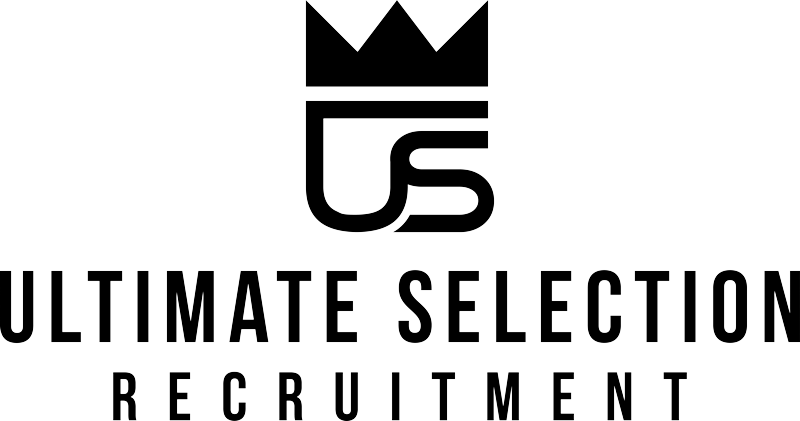
First Impressions Count
First Impressions Count
Clothes have a language, and what they say about you could have a direct impact on your success at interviews – and beyond.
That means managing the impression you make. It means projecting a professional image. It means using the vocabulary of clothes and accessories to give yourself the best chance of achieving your goals.
In short, you must look the part.
Of course, looking the part will vary enormously depending on the company you’re applying to, its business, its product or service, its traditions and so on. The point is to dress in a way that is appropriate to the particular organisation. What you wear for an interview at a bank may differ from what you wear for a job at an advertising agency. But be careful. An advertising agency’s finance department may have a more formal dress code than its creative department. Do your research!
For the purposes of an interview, it’s best to err on the side of formality unless your Ultimate Selection consultant or other recruitment company indicates otherwise. You are expected to dress well and your objective is to project an image that communicates professionalism, competence and presence. Here are a few guidelines:
- Choose the best quality of clothes you can afford. One good suit in navy or grey, with a white or light blue shirt, is a good start (although women can interpret this more freely than men.)
- Men should wear dark socks and well-polished shoes. Women should usually wear shoes with a closed toe and heel.
- Aim for clean lines with a minimum of decoration, restricting splashes of colour to your tie, scarf or blouse.
- If you wear jewellery, make sure that it is understated and discreet.
- Perfume and aftershave should be used in small amounts, if at all.
- Details matter. Hands, hairstyle and make-up should be simple and meticulous, and good personal hygiene – including clean nails and fresh breath – is vital.
- Remove any outer garments in the reception area.

